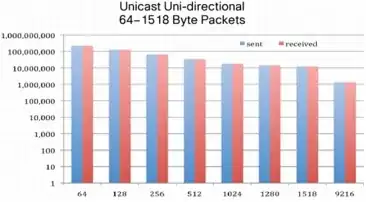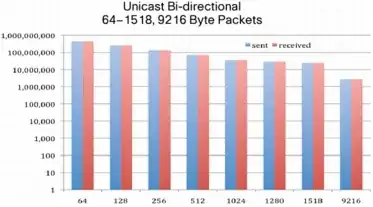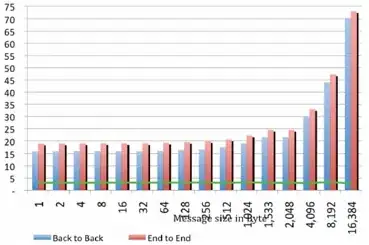Any good switch will provide two measures of performance at minimum:
- Packets Per Second - This is usually measured with relatively small packets, as that's a worst case scenario. Packets of 64-bytes seems to be a relatively standard number.
- Switch Fabric - This is the other end of the spectrum, with ideal packets (usually the MTU max), just how much data can the whole switch push. Any high end switch should have Full Switching Fabric (meaning every port can send and receive it's maximum data rate simultaneously).
Knowing how the switch will behaving in-between these two extremes may be useful if you know your particular data load, but if usually sufficient information to make a good estimate of performance in "common" applications. Also, it's common to rate the worst case latency, though this (and other measures) are less standardized than the above two.
To more directly answer the question. If a switch has full switching fabric, and can do 50 MPPS at 64-bytes, it's reasonable to assume it will do about 25MPPS @ 128B. The larger the packets the more efficient they will be, so the trade-off isn't linear, but will be somewhat close on good switches. The graphs in the other answer show this relationship.


